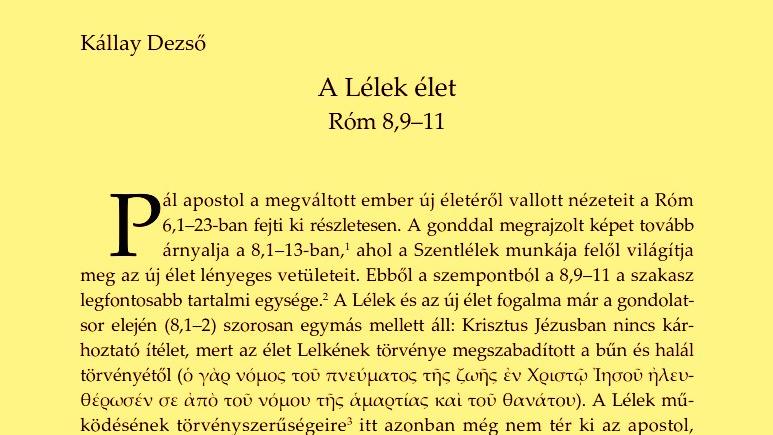A bibliai régészet fontosabb felfedezései 2019-ben
A 2019-es évben kiemelkedően gazdag bibliai archeológiai leletanyag került felszínre. Hérodotosz tengerjáró hajójának (Barisz) előkerülése igazolta az ókori történetíró hitelességét. Jeruzsálemben a Kr. e. 586-os babiloni ostrom tárgyi bizonyítékai kerültek elő, köztük pecsétnyomatos edények és egzotikus vanília nyomai. Lákis városkapujában Ezékiás király vallási reformjainak kézzelfogható nyomaira bukkantak. A jeruzsálemi zarándokút (Siloám–Templom-hegy) feltárása Josephus Flavius leírását erősítette meg.
